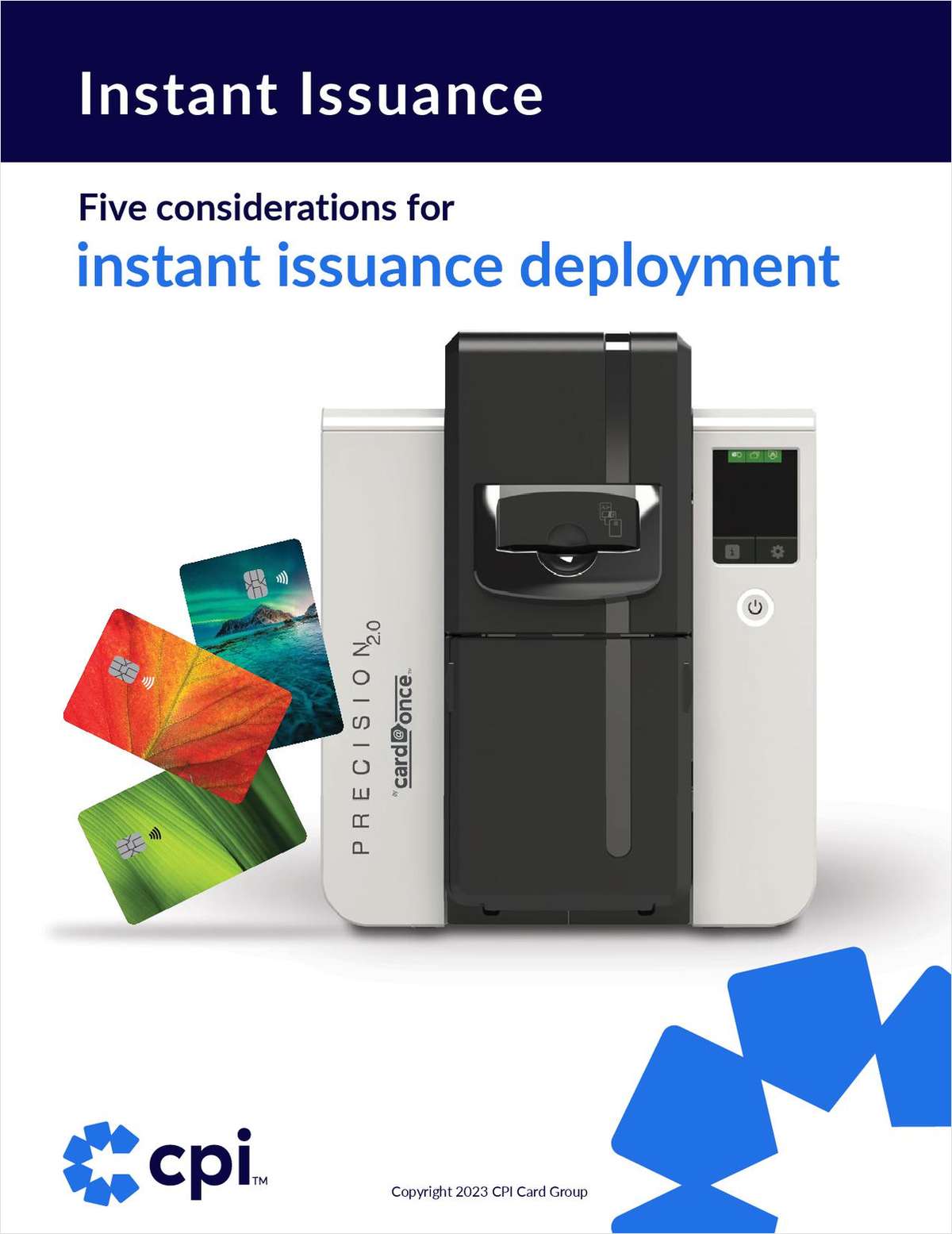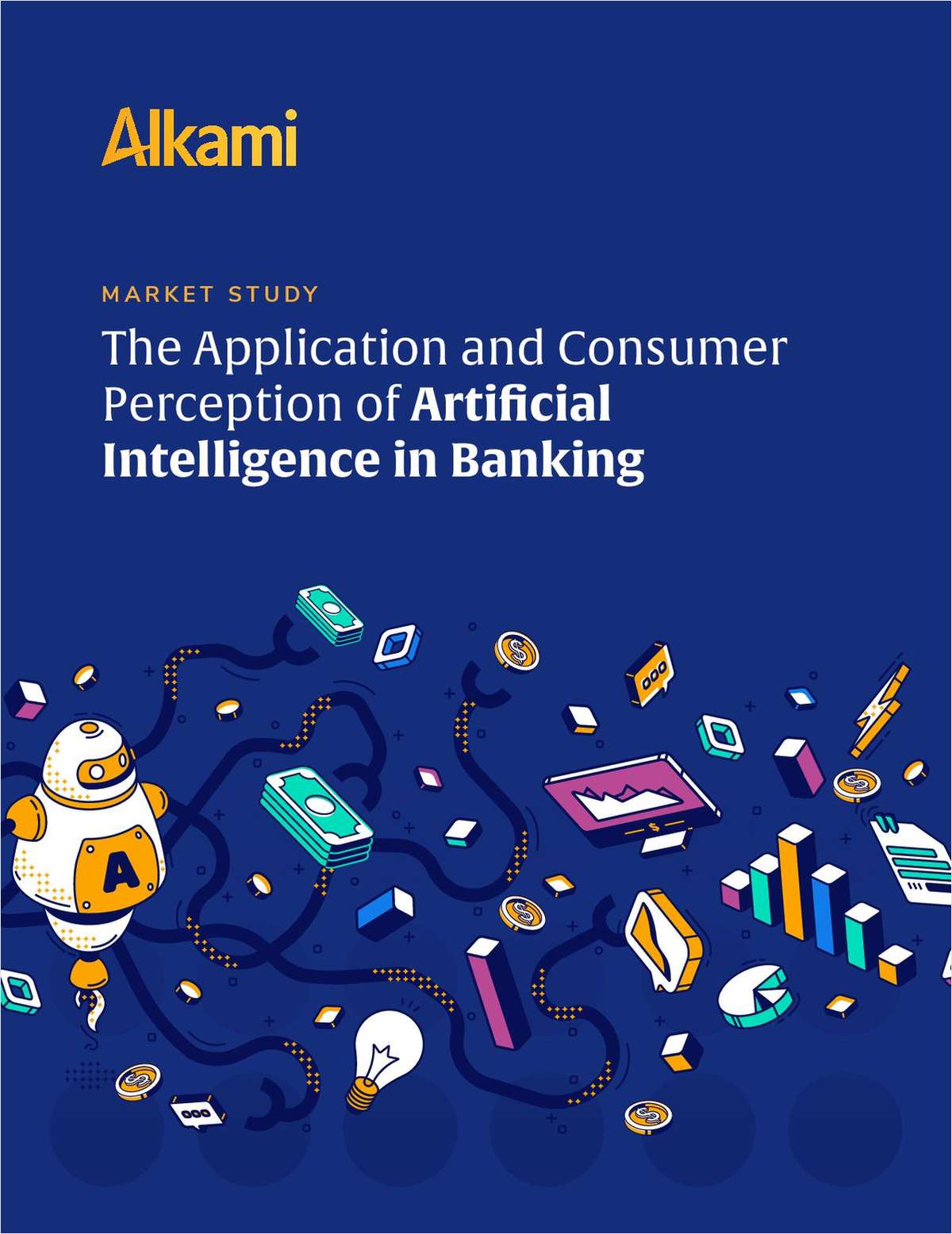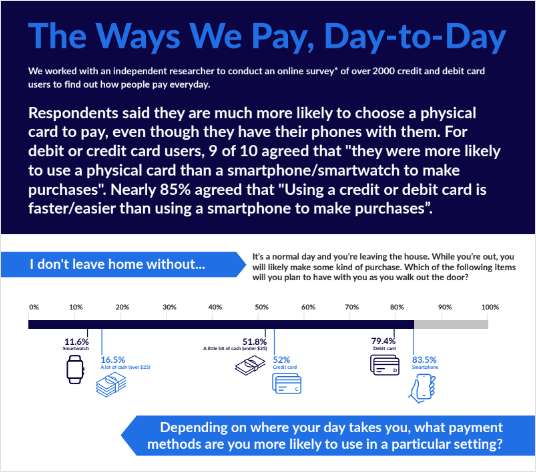The recent spotlight on banking fraud has ranged from impossible-to-understand weapons of mass destruction (a.k.a. derivatives) to rogue traders, traditional bank account takeovers and impersonations with traditional ID theft. Technological advances are enabling fraudsters to commit more sophisticated acts of deceit with increasing anonymity.
Fraudsters in the modern age have learned to prey on those with poorly designed controls or no controls at all. They are then aided by the ubiquity and convenience of mobile banking apps that meet daily banking needs for on-the-go consumers.
As a result, identification of your customer or member and Know Your Customer have become two of the biggest challenges throughout the financial services industry.
More Mobile, More Problems
Since the introduction of PayPal in 1998, the industry has exploded with a plethora of online payment systems including the most recently launched Apple Pay, Android Pay, Bitcoin, Samsung Pay and Alipay – to name a few.
In addition to these new payment systems, consumer use of mobile banking apps has grown considerably in recent years. According to the Board of Governors of the Federal Reserve System's report, “Consumers and Mobile Financial Services 2016,” 43% of all mobile phone owners with a bank account had used mobile banking in the 12 months prior to the survey – up from 39% in 2014.
Consumers rely on the banks and credit unions with which they do business to keep their identities safe and their funds secure. So, as consumers continue to adopt new “banking anywhere” technology, the banking industry as a whole is forced to reconsider its information security protocols and processes, taking extra steps to ensure consumers' data and finances are protected.
The traditional brick and mortar processes of KYC – when a member enters the credit union to conduct a transaction (e.g. withdraw cash) – are not much different from online and mobile transactions. KYC, along with other application controls for products and services, are a financial institution's anti-fraud magic bullets.
Bringing Offline Controls Online
To be truly proactive against fraudulent money transfers and avoid weaknesses in existing AML programs, a credit union's digital mechanisms should mirror those in its brick and mortar facility, where bankers can ask for a PIN or verify members with a passport or other form of identification.
Some proactive steps a credit union can take include:
-
Certify the person sending the transfer or online payment is exactly who they say they are. One option is to have a robust application process during account setup.
-
Confirm the person or business receiving the payment is exactly who they say they are. One example is to create an encryption key that is known only by the recipient.
-
Monitor daily- and member-threshold limits for online payment transfers and transactions. The credit union can perform analytics that include automated scripts to continuously monitor and audit activity.
-
Include an escalation process that provides notifications and additional documentation requirements for AML compliance. Existing AML policies and procedures with key application controls can be reviewed periodically to demonstrate control effectiveness.
Banks and credit unions that apply anti-fraud techniques across both physical and digital platforms will find themselves in a good position for future growth.

Brian C. Chung
Product Manager, ACL
Contact
604-669-4225 or [email protected]
Complete your profile to continue reading and get FREE access to CUTimes.com, part of your ALM digital membership.
Your access to unlimited CUTimes.com content isn’t changing.
Once you are an ALM digital member, you’ll receive:
- Breaking credit union news and analysis, on-site and via our newsletters and custom alerts
- Weekly Shared Accounts podcast featuring exclusive interviews with industry leaders
- Educational webcasts, white papers, and ebooks from industry thought leaders
- Critical coverage of the commercial real estate and financial advisory markets on our other ALM sites, GlobeSt.com and ThinkAdvisor.com
Already have an account? Sign In Now
© 2025 ALM Global, LLC, All Rights Reserved. Request academic re-use from www.copyright.com. All other uses, submit a request to [email protected]. For more information visit Asset & Logo Licensing.









